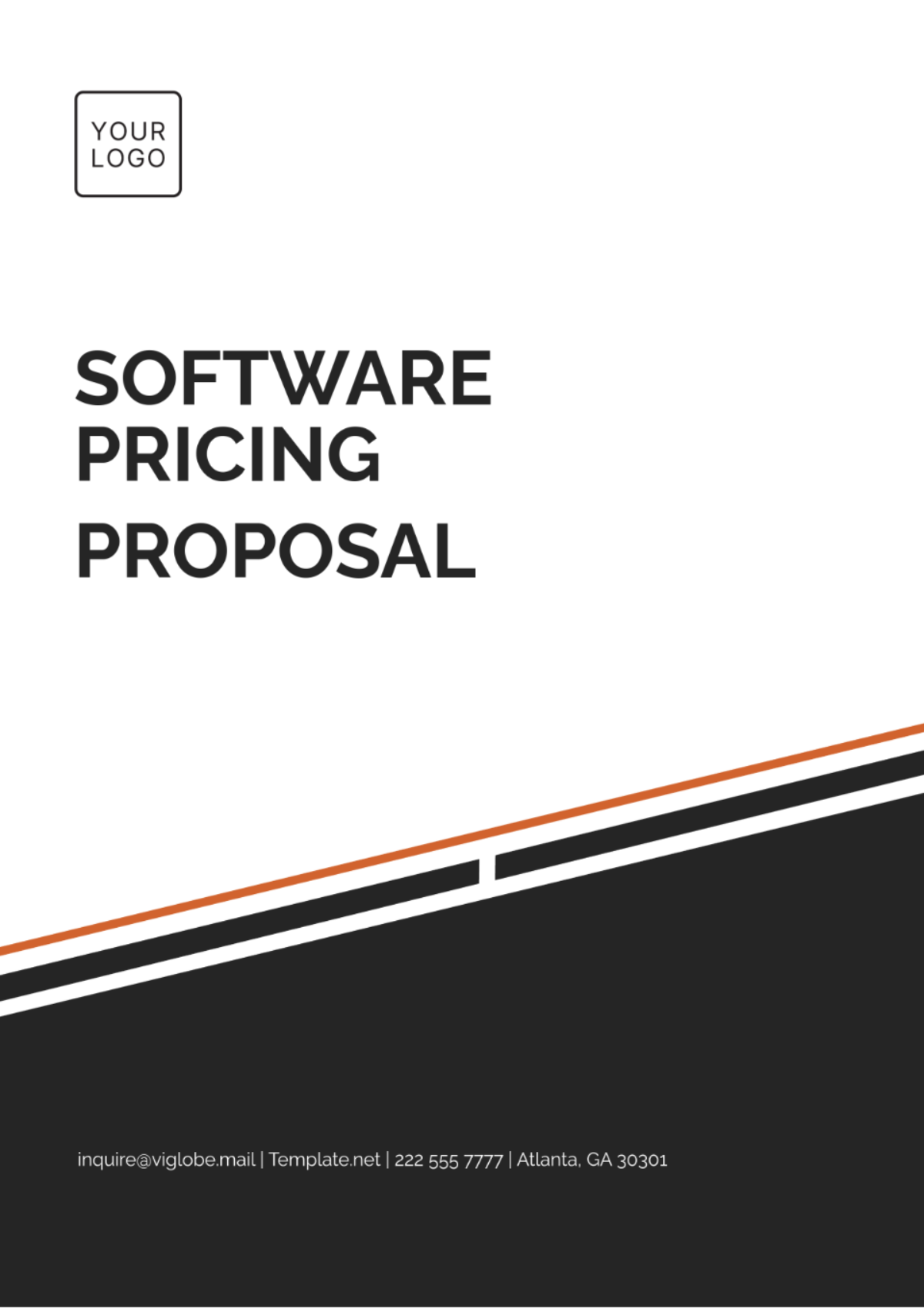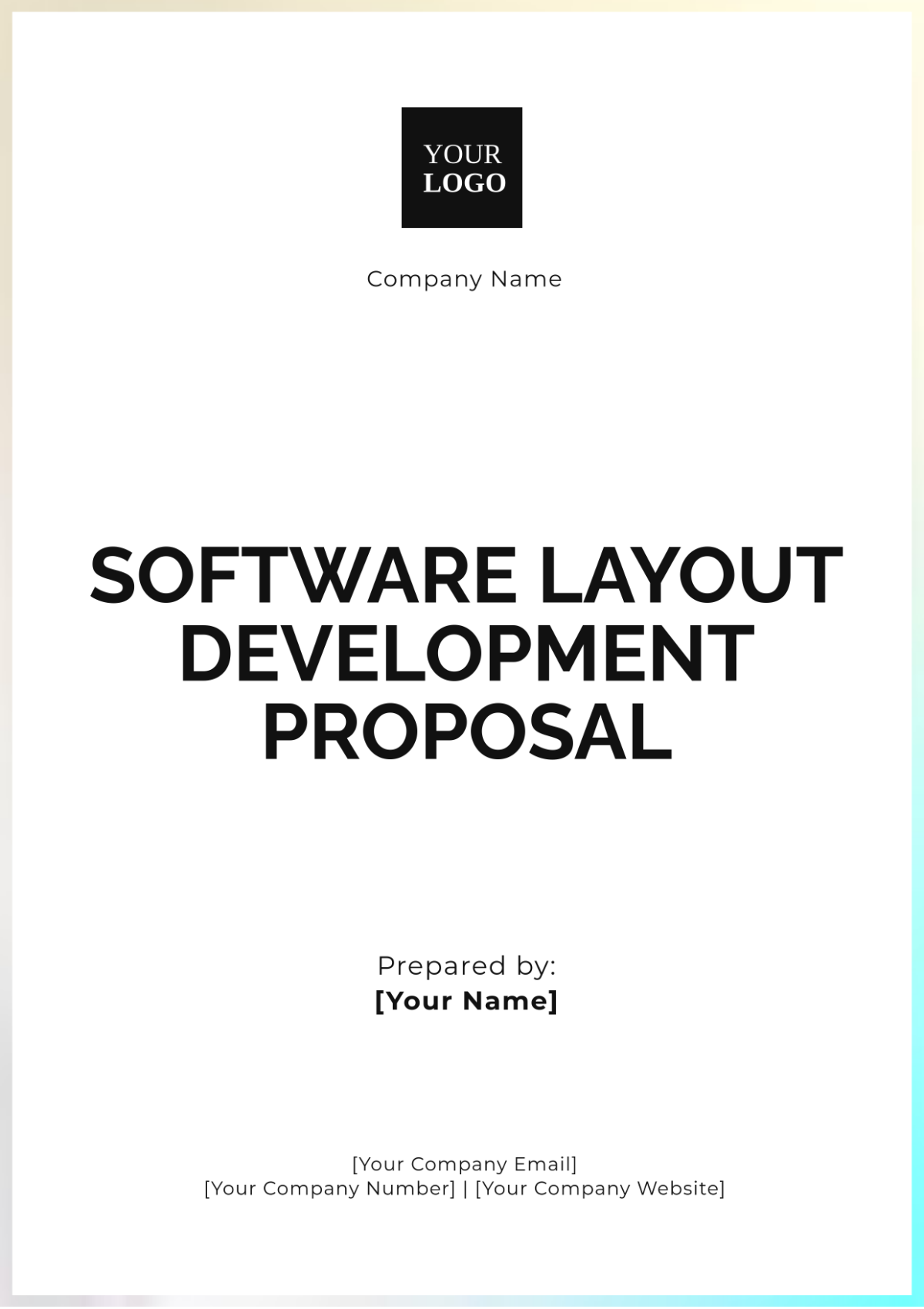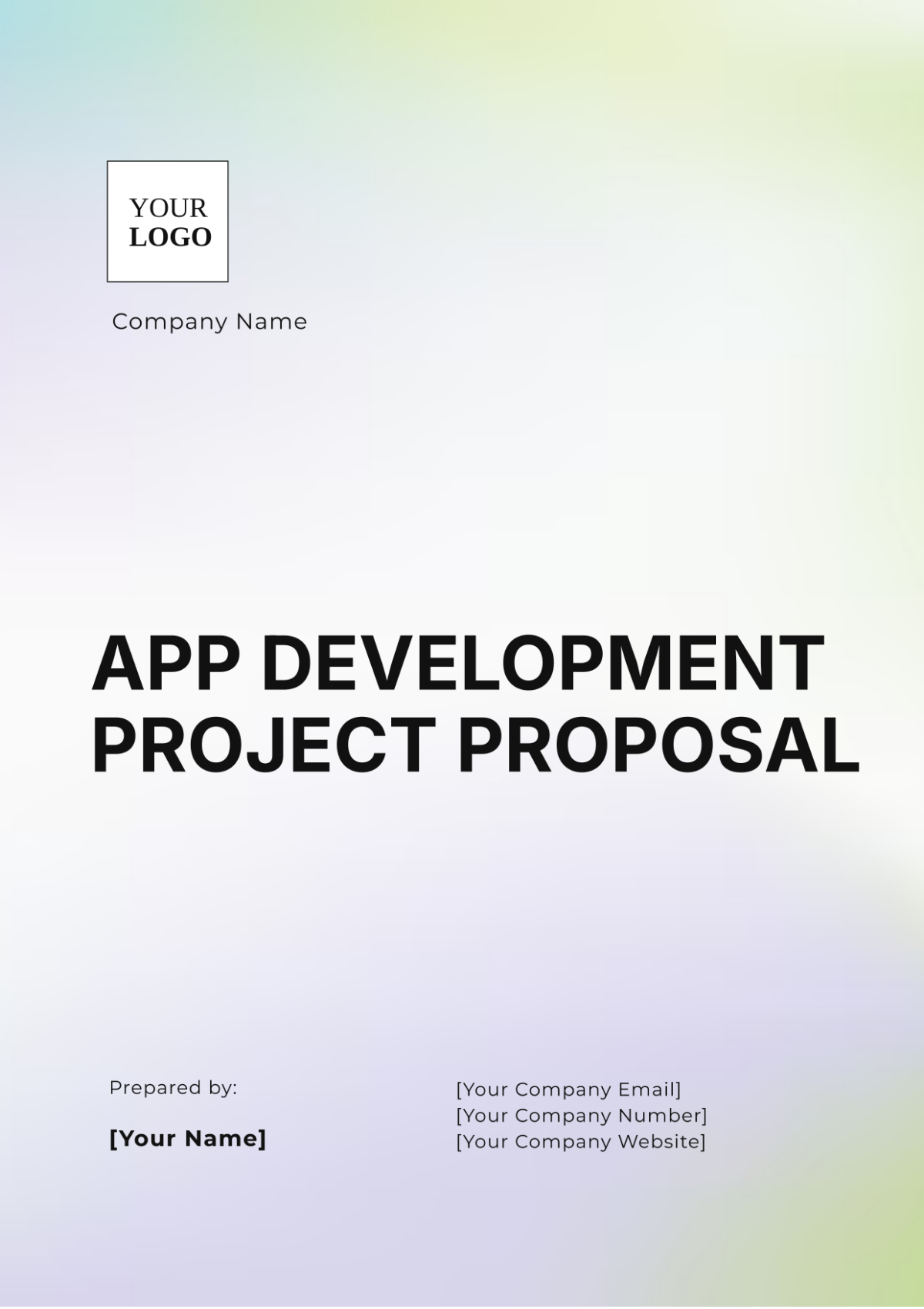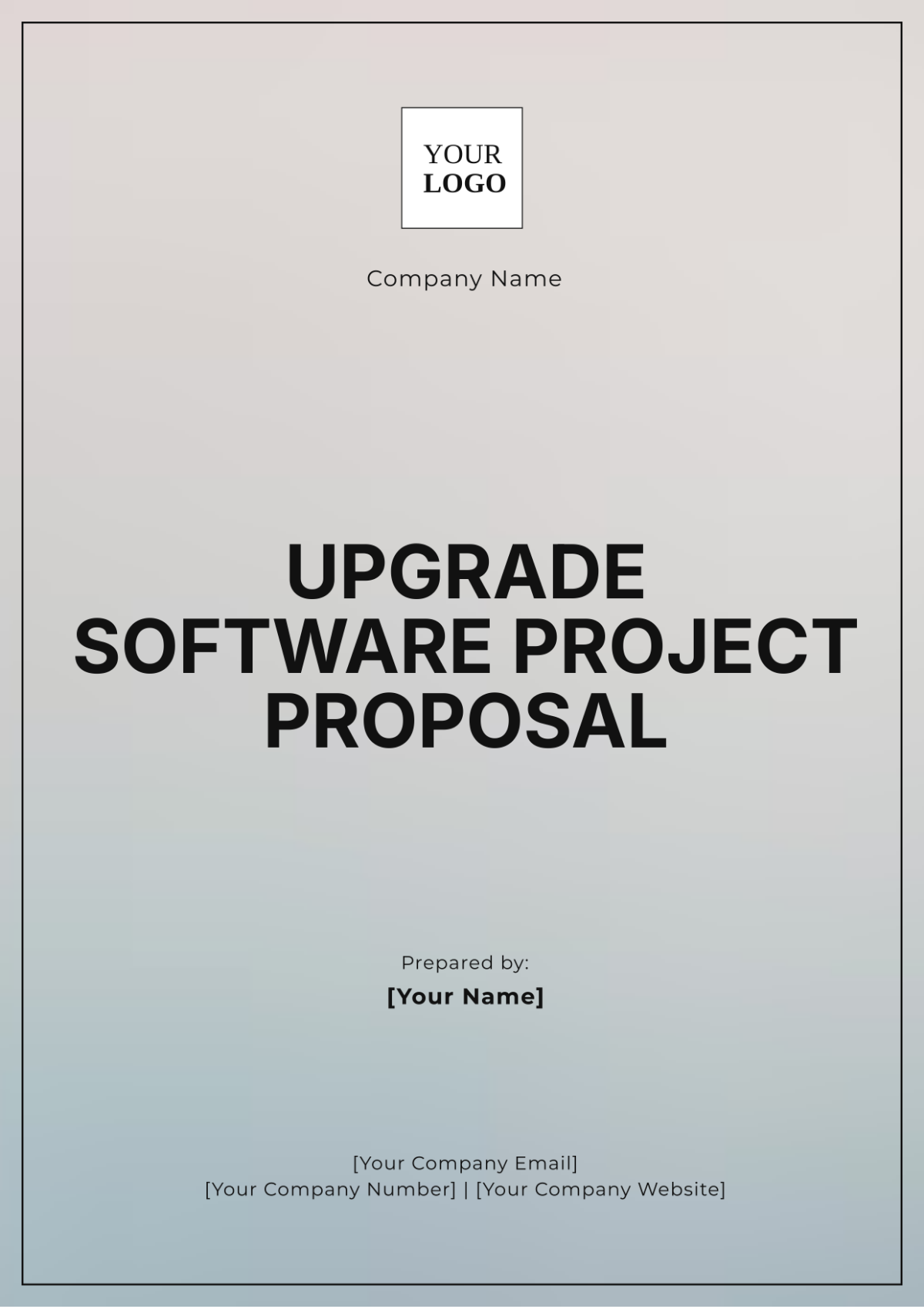Technical Proposal Layout for Software Projects
Prepared By: [Your Name]
Company: [Your Company Name]
1. Introduction
This section provides an overview of the proposal, outlining the project's objectives, scope, and significance.
Project Title: A concise title for the project.
Executive Summary: A brief description of the project, including the goals, anticipated benefits, and high-level technical approach.
Client or Stakeholder Overview: Describe the client or stakeholders involved, their role, and the need for the proposed software solution.
2. Project Objectives
This section outlines the specific goals of the software project.
Primary Objectives: Clearly state the main goals of the project, such as improving efficiency, enhancing user experience, or providing new capabilities.
Secondary Objectives: Mention any secondary goals or desired outcomes, such as scalability or integration with existing systems.
3. Project Scope
Detail the boundaries of the project, including what is and isn’t included.
Features and Functionality: List the key features and functionality that will be delivered in the project.
Constraints: Outline any constraints such as budget, timeline, or technical limitations.
Exclusions: Clearly define aspects that are out of scope for this project.
4. Technical Approach
Describe the technical aspects of how the project will be executed, covering the technologies and methodologies to be used.
System Architecture: Provide an overview of the software architecture, including the components, modules, and how they interact.
Development Methodology: Specify the development methodology (e.g., Agile, Waterfall, Scrum) that will be used.
Technology Stack: List the technologies, tools, and platforms that will be utilized (e.g., programming languages, databases, cloud services).
Integration Points: Identify existing systems or services that the software will need to integrate with, if applicable.
5. Project Deliverables
This section outlines the tangible outputs and milestones to be delivered throughout the project.
Milestones and Phases: Break the project into phases (e.g., Design, Development, Testing, Deployment), and specify the expected deliverables for each.
Documentation: Include user manuals, technical documentation, and other supporting materials.
Training and Support: Describe any training provided for users or administrators and the post-launch support options.
6. Timeline and Milestones
Provide a detailed timeline of the project, including major milestones and estimated completion dates.
Gantt Chart: If possible, include a Gantt chart or other visual timeline for the project's key phases.
Estimated Completion Date: Provide the expected date for the project's completion.
7. Project Team
Introduce the team members who will be responsible for delivering the project, along with their roles and responsibilities.
Project Manager: Overview of the project manager's responsibilities.
Development Team: List the developers, architects, and technical staff involved, highlighting their roles.
Quality Assurance: Introduce the QA team responsible for testing and ensuring the quality of the software.
Support Staff: Detail the team responsible for user support and maintenance.
8. Risk Management
Outline the potential risks associated with the project and the strategies to mitigate them.
Risk Identification: List the risks (e.g., technical, financial, resource-related) that may impact the project.
Risk Mitigation Plan: Describe how each risk will be mitigated or managed to minimize impact.
9. Budget Estimate
Provide an estimate of the project’s cost, detailing all major expenses.
Cost Breakdown: Offer a detailed breakdown of the costs (e.g., labor, software licenses, infrastructure).
Payment Terms: Specify payment milestones or schedules.
10. Conclusion
Summarize the key points of the proposal, emphasizing the value the software will provide and the anticipated benefits to the client or stakeholders.
Next Steps: Suggest the next actions, such as scheduling a meeting for further discussion or approval.
Call to Action: End with a strong call to action, inviting the client or stakeholders to move forward with the proposal.






